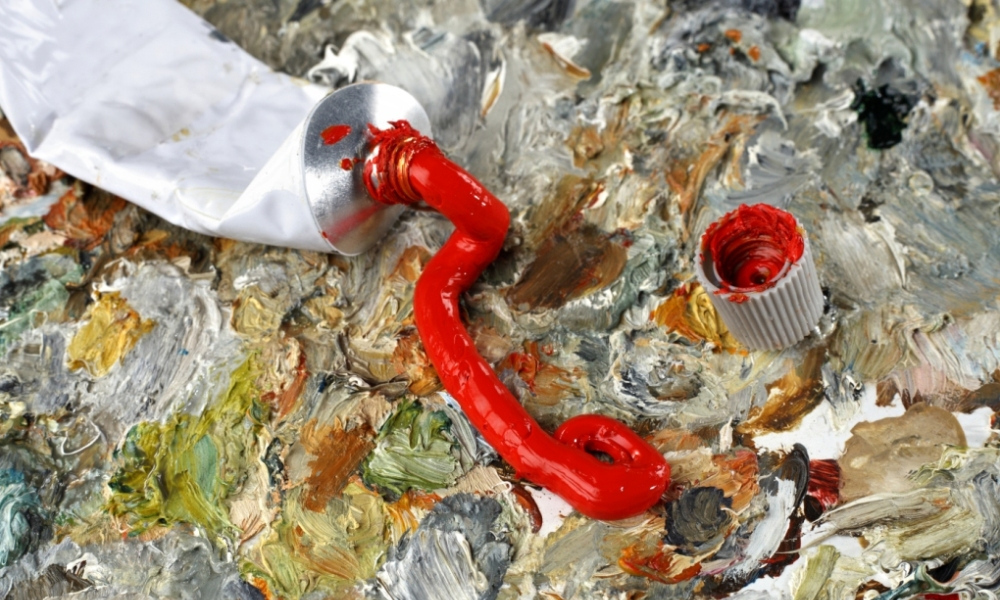As part of ACER's Rolling Summit on assessment reform and innovation, Teacher is following Bialik College on its professional learning journey through a bimonthly series written by the school's Director of Learning and Innovation, Fiona Gordon.
In the second instalment, Gordon explores how documenting professional learning conversations can help understand the images of assessment that teachers hold.
I recently documented a discussion on assessment between four of our teachers.
Tali Caplan, Bialik's Year 11 Coordinator and Art teacher, is uncovering the complexities of meta-language with her Year 8 and 9 students. She is using her studio classroom to take students on a journey of setting goals, evaluating the efficacy of techniques and reflecting collaboratively to assess their growth of understanding of art.
Together with her students, she has opened new avenues of investigation into assessment.
‘It is not resolved; it's a process,' Caplan explains. Her classroom inquiry centres on the puzzle: How can assessment be a meaningful and shared experience?
In much of our professional learning, conversations at Bialik (a K-12 school in Melbourne) are scaffolded by protocols. For 10 years, the capacity to engage through the use of protocols has been developed through collaborative research with Project Zero (a Harvard Graduate School of Education research group) on Cultures of Thinking. This protocol required Caplan to bring an artefact from her action research to share with colleagues.
Below is a snapshot of the conversation that occurred between Caplan and her colleagues.
First, primary and middle school teacher Saroj Singh comments on Caplan's explanation: ‘The students see the value in developing assessment criteria. You have shown them by working with them that you value their thinking.'
Primary school teacher Janis Kinda then probes, ‘Will you build or transfer from one exhibition of student work to another?'
Caplan explains, ‘It is so relevant to all teachers, this inquiry, it weaves assessment into the task and process. This helps me build a stronger relationship between the task and the work.'
Kinda agrees, responding with ‘There is power in making assessment transparent.'
‘It is important that students know what they are being assessed on, as they then know what to strive for,' Keith Newman suggests. ‘Feedback is about showing the next step forward.'
‘You have a brains trust now - if they think it's unfair, where were they when the criteria were discussed? It's about students taking responsibility,' Kinda adds.
My recent encounters in Reggio Emilia in April with pedagogical documentation prompted this question: How can we learn more about the images our teachers hold of assessment through documenting professional conversations about assessment practice?
Carla Rinaldi (2006) from Reggio Emilia poses that: ‘The traditional relationship between theory and practice, which designates practice as consequent to theory, is redefined and, therefore, surpassed. Theory and practice are placed in a relationship of reciprocity, but one in which, to a certain extent, practice takes precedence over theory.'
Continuous building of an understanding of what is possible and how teachers and students view growth in learning underpins assessment reform on a practical level. Ensuring that a common language is formed in a community takes time. We need to ensure that our teachers are primed for understanding by bringing evidence of practice to their discussions. Then, guided by protocols, we can unravel our images of assessment and make this visible.
Our teachers are offered protected time at Bialik to be a ‘brains trust' or ‘think tank'. This time together with a team of teachers from across different sub-schools and subject areas aims to be fuelling, not fatiguing.
After all, say Moestrup and Eskesen (1989), ‘We must find the roads and paths which lead to a higher form of recognition of reality, a higher and more intense joy in life, and a broader sense of, and a greater joy in, the solidarity which mutually arises between the children in their attempts to express themselves.'
Through this example of Caplan's classroom practice, we can see how pivotal it is that we provide opportunities to experience mutuality through our professional learning programs.
References
Rinaldi, C. (2006). In Dialogue with Reggio Emilia: Listening, Researching and Learning. Routledge, New York.
Moestrup, J., Eskesen, K. (1989). Conversations with Loris Malaguzzi. The Danish Reggio Emilia Network, Denmark.
As a school leader, do you free up time for staff to come together and share feedback and ideas?
Did you document the discussion?
Did the discussion open up new avenues that are worth investigating? What will the next steps be?
Related Teacher content: Learning journeys: Staff investigations



